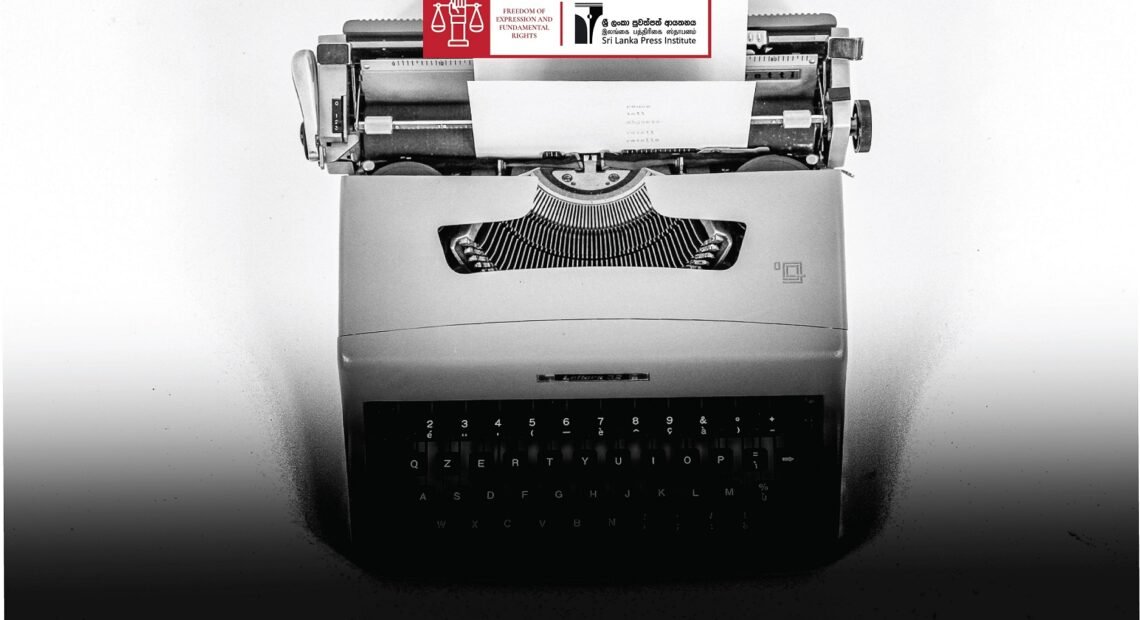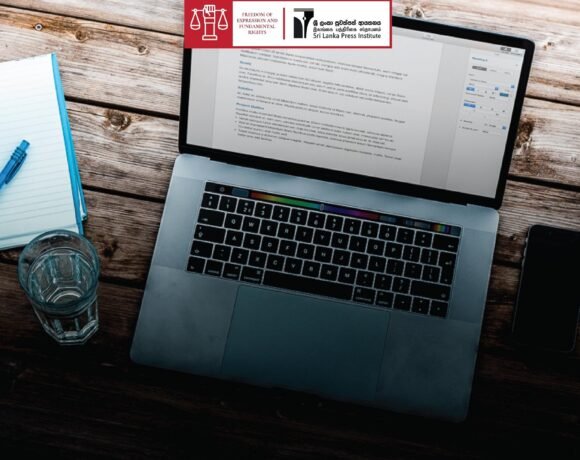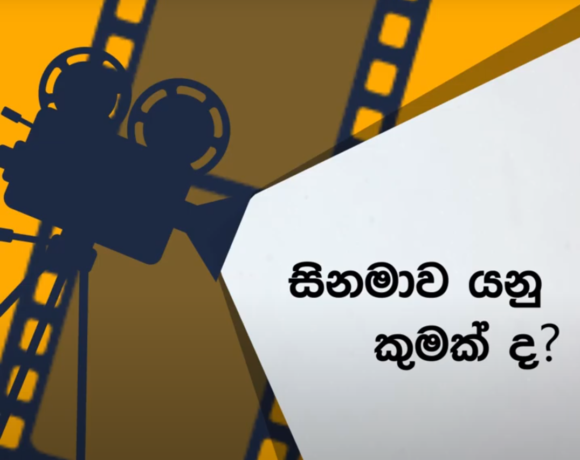
When Media Goes Against Reconciliation
Jude R. Muthukuda
Among many factors that affect peace and reconciliation in Sri Lanka, the media contribute immensely to conflicts among Sinhala, Tamil and Muslim people. Some spread mal information devised to create conflicts, while many others are fake news, posted either knowingly or unknowingly.
Journalists are bound to report responsibly without causing conflicts among people. However, the focus on this is, unfortunately, less now. When reporting about a criminal, the vital factor is the crime and not the criminal’s ethnic identity, but the media doesn’t see it like it. Likewise, branding a person as a terrorist without evidence must be avoided. However, these things are common in the media now.
(Mawbima Sinhala newspaper – April 10)
The Mayor of Jaffna, Viswalingam Manivannan formed a security unit to safeguard the environment in the Municipal Council area. The media tried to create an opinion in society that the security guards’ uniform was similar to the uniform of the presently defunct LTTE’s Tiger police unit. The uniform did not have any symbol used by the LTTE. However, the reporters tried to create misunderstandings among communities. Police and Terrorist Investigation Department are now investigating the legality of the Mayor’s actions. The court will judge the case, and reporting in a way the communities are compelled to suspect is detrimental.
(Divaina Sinhala newspaper, April 10)
Although the thirty-year war ended in 2009, ethnic reconciliation is yet to happen. Misunderstandings remain between communities.
Reconciliation is not as white as the pigeon of peace and yet is essential for our existence. Therefore, the citizens must unite to defeat attempts that disrupt reconciliation efforts. Otherwise, fake news and propaganda will push our beautiful country back to a bloodbath.
(Lankadeepa Sinhala newspaper, April 10)
நல்லிணக்கத்திற்கு எதிராக செயற்படும் ஊடகங்கள்








